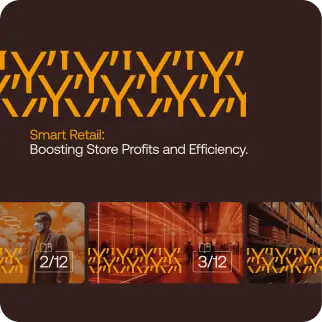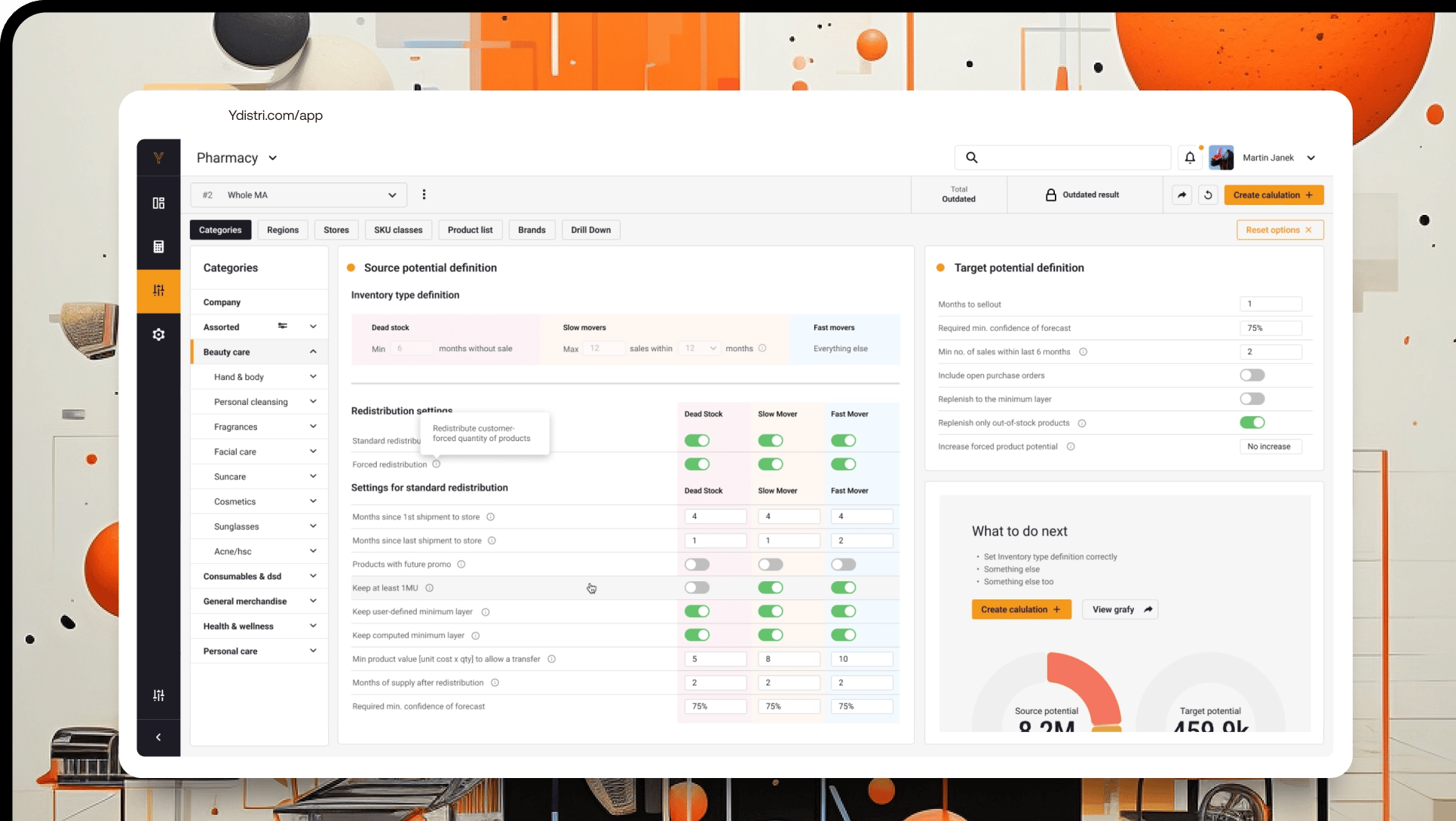Unveiling Cutting-Edge Logistics Technologies
The modernization of store-to-store transfers is deeply rooted in the application of next-generation technologies that streamline and enhance logistics operations. Here’s how these technologies are making a significant impact:
- Automated Logistics Platforms: These platforms are transforming how inventory is managed and transferred between stores. By automating the entire process, from order generation to delivery scheduling, retailers can reduce manual errors, speed up transfers, and ensure products are where they need to be, precisely when they’re needed.
- Drones for Expedited Deliveries: Drones are rapidly gaining traction as a method to expedite deliveries between stores. Their ability to bypass traditional road traffic and deliver goods directly to store locations, especially in urban areas, is a game-changer. This technology is particularly beneficial for retailers aiming to maintain real-time inventory levels and meet immediate customer demands.
- Blockchain for Inventory Transparency: Blockchain technology is becoming indispensable in enhancing the transparency and security of inventory transfers. By providing an immutable ledger of transactions, blockchain ensures that every item moved between stores is accurately tracked and authenticated, reducing the risk of fraud and loss.



